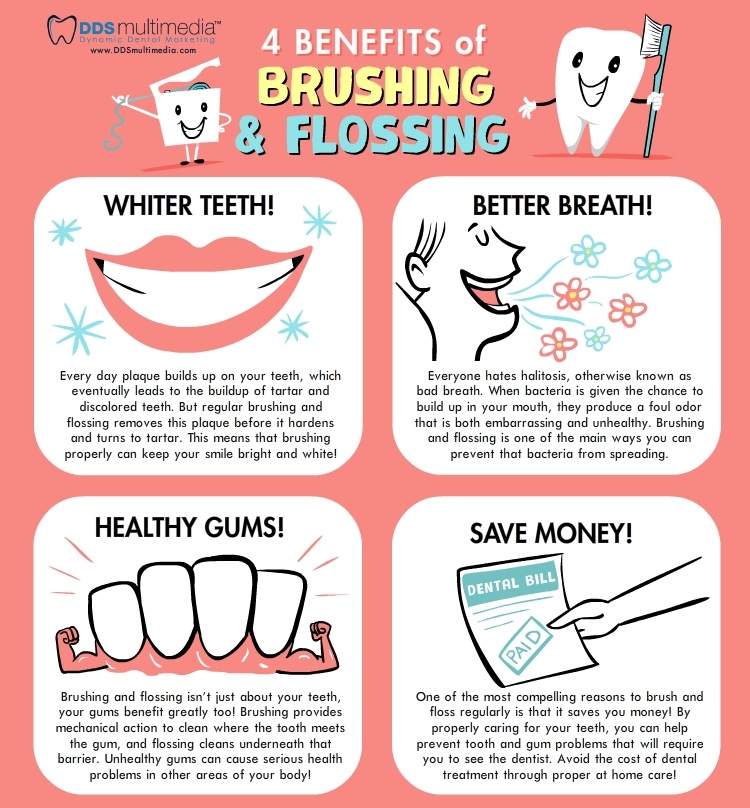Invisalign Versus Traditional Braces: A Considerable Examination
Invisalign Versus Traditional Braces: A Considerable Examination
Blog Article
Post By-Russo Isaksen
When confronted with the choice between Invisalign and typical braces, you might wonder which alternative straightens far better with your way of living and choices. The option entails greater than simply the visual appeal; it explores variables like therapy duration, convenience, and long-lasting oral health results. Think about the impact each option may carry your daily routine and self-esteem. As we check out the comprehensive comparison, you'll acquire insights into the nuances that make these orthodontic therapies one-of-a-kind and discover which one may be the better fit for you.
Materials and Building
When comparing Invisalign to standard dental braces, the materials and building vary considerably. Invisalign consists of clear, smooth plastic aligners custom-made to fit your teeth. These aligners are virtually unnoticeable, making them a preferred selection for those seeking an extra discreet orthodontic therapy.
On the other hand, conventional dental braces involve metal braces that are glued to your teeth. These braces are then linked by cords and rubber bands, applying stress to gradually shift your teeth right into the preferred position.
The building of Invisalign aligners allows for an extra comfy fit compared to conventional dental braces. The smooth plastic material minimizes inflammation to your cheeks and periodontals, which is an usual issue with metal brackets and wires. Additionally, Invisalign aligners are detachable, making it less complicated to comb and floss your teeth with no obstructions.
In contrast, typical braces are dealt with onto your teeth, needing additional treatment and time for appropriate upkeep.
Upkeep and Oral Hygiene
The upkeep and oral hygiene practices vary between Invisalign and traditional dental braces due to their distinct layout and building.
With Invisalign, you can get rid of the aligners when consuming or brushing your teeth, enabling you to maintain your regular dental hygiene routine with no obstructions. It's crucial to brush your teeth after consuming prior to putting the aligners back on stop food fragments from obtaining entraped and triggering decay.
On the other hand, standard dental braces call for added attention to keep your teeth tidy. Food particles can easily get stuck in the braces and cords, bring about plaque build-up and prospective dental caries. You'll need to make use of unique tools like interdental brushes or floss threaders to clean between the cords and braces effectively.
Normal dental examinations and cleanings are important to make sure that your dental hygiene is in leading problem while wearing conventional dental braces.
Exposure and Aesthetics
Visibility and aesthetic appeals play a significant role in the comparison between Invisalign and traditional braces. When it pertains to look, Invisalign uses a clear benefit over traditional dental braces. Invisalign aligners are essentially invisible, making them a preferred selection for those that like a more very discreet orthodontic therapy alternative.
Unlike the recognizable steel brackets and wires of conventional braces, Invisalign aligners are clear and blend in with your all-natural teeth, allowing you to smile with confidence throughout your therapy.
Standard braces, on the other hand, are much more noticeable because of their steel elements. While some might select colorful bands to customize their dental braces, others might really feel awkward about the visibility of these orthodontic appliances. simply click the following page of typical dental braces can often impact a person's self-esteem, particularly for grownups in expert settings.
Conclusion
Finally, when selecting between Invisalign and typical braces, consider your way of living and preferences. visit this website link offers a discreet and comfortable choice with simple upkeep, while traditional dental braces give vivid personalization but might impact self-worth.
Inevitably, the decision must be based upon what works best for you in regards to aesthetics, comfort, and comfort. Make certain to talk to your orthodontist to figure out the most appropriate treatment for your individual demands.
